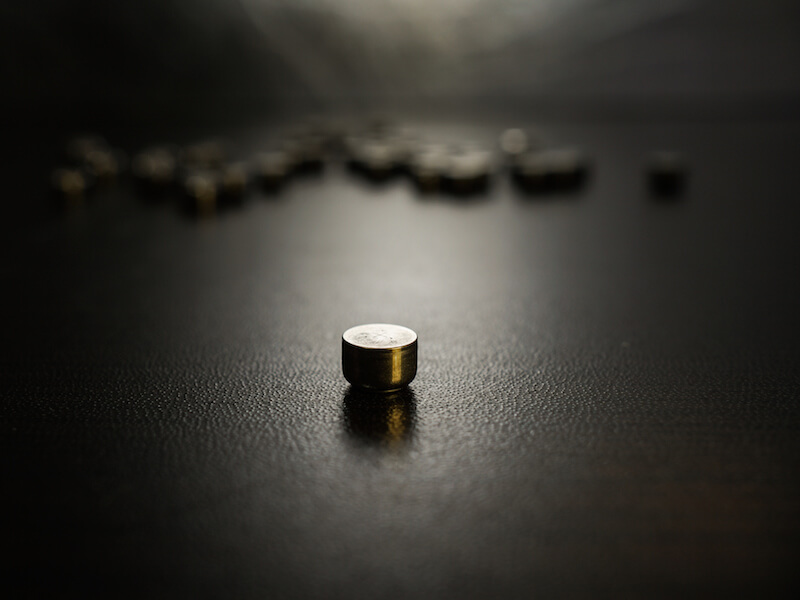
Contemporary technology has changed the way we power electronics of every kind, from cameras to phones to music players. For decades, people looking to manage hearing loss have wished for a similar progression, and the industry is finally realizing the promise of a robust rechargeable hearing aid battery.
Size 312 batteries are the most prevalent of the disposable batteries that have traditionally been used to power hearing aids. Nowadays, the most popular version of these batteries is generally known as a “zinc-air” battery.
The Downside to Disposable Hearing Aid Batteries
The presence of air effects a zinc-air battery, as the name suggests. In the case of the 312 batteries used in a lot of hearing aids, the user is required to pull a little tab off the back of the battery before it’s turned on and operational.
The moment it is fully oxygenated, it starts to lose power. So the power is draining even if the user isn’t currently using it.
Most users regard the duration of life to be the greatest drawback of disposable batteries. With 312 batteries, the user might be changing the batteries in their hearing aids about 120 times every year because they drain in 3 to 12 days according to some reports.
That also means users may need to purchase 120 batteries, spend the time twice a week to change them, and properly dispose of each. From a cost perspective alone, that likely equates to over $100 in battery purchases.
Advancements in Rechargeable Batteries
Luckily, for hearing aid wearers looking for another approach, there have been profound advancements to rechargeable hearing aids that now make them a viable solution.
Studies have demonstrated that most individuals overwhelmingly prefer to wear rechargeable hearing aids. Until recently these models have historically struggled to provide a long enough charge to make them practical. However, recent innovations now facilitate an entire day of use per charge.
Rechargeable batteries won’t save users significant amounts of money, but they will improve their quality of life.
On top of supplying 24 hours of charge time, these contemporary models result in less frustration for the user, since there’s no more swapping and correctly disposing of batteries. Instead, they just need to pop out the battery and put them in a convenient tabletop charging unit.
When a disposable battery nears the end of its life it doesn’t run your hearing aid at full power. There’s also no exact way to know how near to being inoperable the battery actually is. As a result, users risk putting themselves in a position where their battery could die at a critical time. Not only is this a safety hazard, but users may miss significant life moments due to a dead battery.
Hearing Aids Come in Different Types
There are distinct advantages to each of the different materials that rechargeable batteries are constructed from. The ability to maintain a charge for 24 hours is one reason why integrated lithium-ion batteries are one worthwhile option that manufacturers provide. You may be surprised to learn that this same type of technology is what charges and powers your smart-phone.
Silver-zinc technology is another material used for today’s rechargeable hearing aids. Originally, these innovative batteries were manufactured for Nasa’s moon missions. With this technology, even your current hearing aids can most likely be upgraded to run on rechargeable power. These batteries, like lithium-ion, will also last all day before needing to be recharged.
There are also models that let you recharge the hearing aid without taking out the battery. During the night, or at some other time when the hearing aid isn’t in use, the entire hearing aid can be placed right into the charger
Whichever option you choose, rechargeable batteries will be considerably better than disposable batteries. You just need to do some research to decide which solution is ideal for your needs.
If you’re looking for more information about hearing aid technology or how to pick the best hearing aid to satisfy your needs, we encourage you to check out our hearing aids section.
